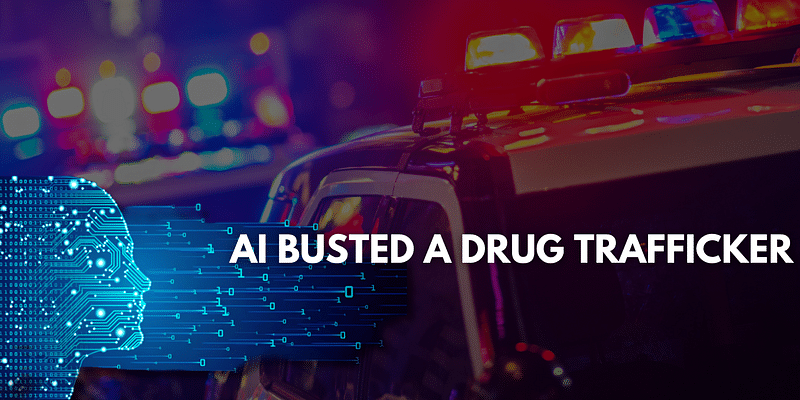
Artificial intelligence (AI) is revolutionising many industries, including law enforcement. A recent incident in New York highlighted this transformative impact. Here, AI helped the police apprehend a drug trafficker, David Zayas, in an unusually intuitive way.
Zayas was stopped by Westchester County police while traveling through Scarsdale, a small town in upstate New York. His vehicle contained crack cocaine, a firearm, and over $34,000 in cash, leading to his guilty plea on drug trafficking charges. However, the intriguing part of this case was how the police became suspicious of Zayas.
The answer lies in the use of Rekor, an AI-based “roadway intelligence” platform. This platform, used by police departments, public agencies, and private firms nationwide, helped analyse regional traffic patterns to identify Zayas’ suspicious activities.
Specifically, Rekor’s software analysed a vast pool of data from a county-wide automatic license plate recognition (ALPR) system. The ALPR system, equipped with 480 cameras, scans about 16 million vehicles weekly, capturing data like license plate numbers, and vehicle make and model.
The integration of AI into these systems has greatly expanded their capabilities. Previously used to catch drivers with expired licenses or past violations, these systems can now identify potential criminal activity by analyzing driving patterns.
For Zayas, Rekor’s software studied his driving behavior over several years. It noticed a pattern of regular trips between Massachusetts and certain parts of upstate New York, a route frequently used by drug traffickers. Coupled with noticeably brief stays at these locations, the AI flagged Zayas’ activities as suspicious.
While AI’s disruption of various sectors is well-known, its potential to enhance law enforcement surveillance is still emerging. As in Zayas’ case, police can now use AI to detect criminals more efficiently.
However, this technology’s growth must be handled carefully. Without careful regulation, we risk creating a ‘Minority Report’-like society, where predictive crime detection becomes the standard. Governments must balance the use of AI in crime prevention with the need to protect civil liberties. As AI continues to evolve, ensuring this balance will be crucial to maintaining a just society.










